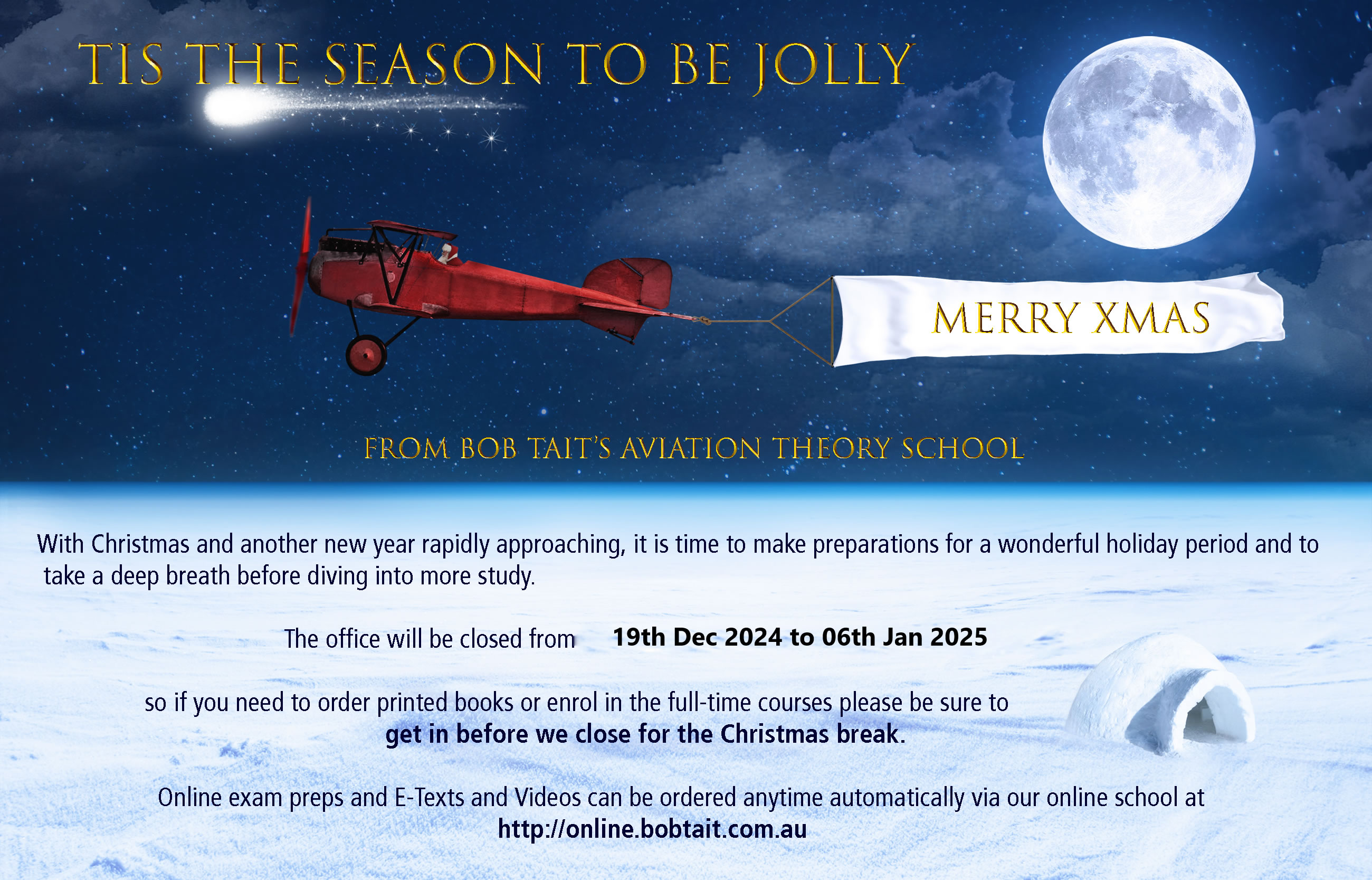Hi Brenton,
There's some confusion arisen in the discussion of Specific Air Range and Specific Ground Range (both of which will be made a little clearer in the next edition of the book).
Basically, the formulas for SAR and SGR that you will be using in the exam are TAS/FF and GS/FF respectively. These give you your air nautical miles per gallon and ground nautical miles per gallon respectively.
The alternative form given in the textbook on page 4.35 (i.e. FF/TAS and FF/GS) can be used if you want to work out the amount of fuel needed to move one mile. If you were selecting for best range, you would then choose the setting that gave you the lowest value: the least fuel burnt per mile.
In fact airlines do this when they calculate how much it costs to move a passenger one mile in say a A380. They calculate the fuel needed per mile, work out how much that fuel would cost and then divide that by the number of passengers.
As you saw with your workings, you got 0.17 for 75% and 0.16 for the other settings. That's correct but unfortunately, you won't see the differences in the power settings unless you round to say 4 decimal places. Then you will see that 55% power does indeed give the lowest amount of fuel burn per mile.
Since there are only very slight differences in the answers, I would recommend you stick to using the SGR formula: GS/FF. This gives you the nm per gallon and the differences in the values you calculate for different power settings will be more obvious. In that case of course you would choose the highest value: the value that is giving you the largest distance for each gallon of fuel.
Bottom line:
When trying to find the correct power setting, use SGR = GS/FF.
In the exam you won't be expected to do an 8-way interpolation. In fact they don't even give you the TAS table - they just give you the figures to use

I understand you had to resort to looking at the groundspeed because you felt the SGR values you had calculated were all identical (due to rounding the decimals). In reality though, the GS is already factored into your calculations. The power setting with the highest GS will most likely not be the setting for best range: it may well be burning fuel at a horrendous rate to get that speed.
Cheers,
Rich







